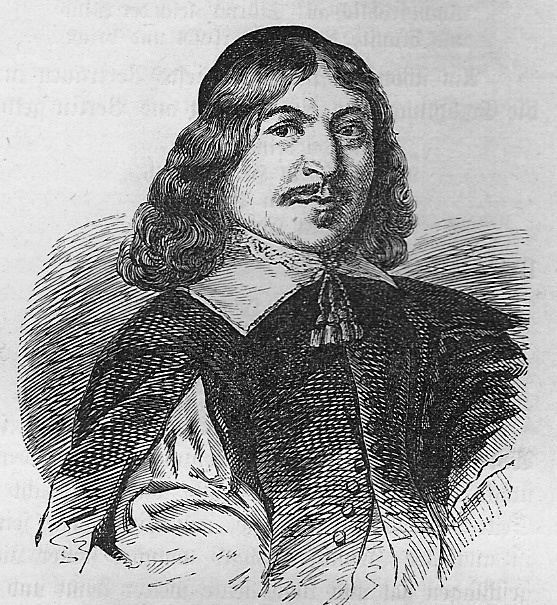Movements 7 Vocal SATB choir and solo | Cantata text anonymous | |
 | ||
Chorale | ||
Wer nur den lieben Gott läßt walten (Who only lets dear God rule), BWV 93, is a cantata of Johann Sebastian Bach. He wrote the chorale cantata in Leipzig for the fifth Sunday after Trinity and first performed it on 9 July 1724. It is based on the hymn of the same title by Georg Neumark (1657).
Contents
History
Bach composed the chorale cantata in 1724 as part of his second annual cycle for the Fifth Sunday after Trinity, Only continuo parts of the first four movements survived of the first performance. The manuscripts of the complete music date from another performance around 1732/1733, therefore it is unknown if the cantata had the same structure from the beginning.
The prescribed readings for the Sunday were from the First Epistle of Peter, "Sanctify the Lord God in your hearts" (1 Peter 3:8–15), and from the Gospel of Luke, Peter's great catch of fish (Luke 5:1–11. The cantata text is based on the chorale in seven verses of Georg Neumark, written in 1641 and published in 1657 in Fortgepflantzter Musikalisch-Poetischer Lustwald. The chorale is connected in general to the prescribed readings. Specific reference to the Gospel appears in the recitative addition of movement 5. The words of the chorale remain unchanged in movements 1, 4 and 7 in a symmetric arrangement. The changes in the other movements are the work of an unknown poet. In movements 2 and 5 he kept the original words but expanded them by recitatives, in movements 3 and 6 he transformed the ideas of the chorale to arias.
This chorale cantata is not to be confused with the chorale prelude of the same name, BWV 642. That chorale prelude, which is in the Orgelbüchlein collection, was also based upon the hymn by Georg Neumark.
Scoring and structure
The cantata in seven movements is scored for four soloists—soprano, alto, tenor and bass—a four-part choir, two oboes, two violins, viola, viola da gamba and basso continuo.
- Chorus: Wer nur den lieben Gott läßt walten
- Recitative (+ chorale, bass): Was helfen uns die schweren Sorgen?
- Aria (tenor): Man halte nur ein wenig stille
- Duet aria (soprano, alto): Er kennt die rechten Freudenstunden
- Recitative (+ chorale, tenor): Denk nicht in deiner Drangsalhitze
- Aria (soprano): Ich will auf den Herren schaun
- Chorale: Sing, bet und geh auf Gottes Wegen
Music
In the central duet violins and violas play the melody of the chorale. Bach later arranged this movement for organ as one of the Schübler Chorales, BWV 647.
The opening chorus is a concerto of three elements: the orchestra, dominated by the two oboes, playing an introduction and ritornellos, the cantus firmus in the soprano, and the other voices which start each of the three sections and keep singing on the long final notes of the cantus firmus, soprano and alto opening the first section, tenor and bass the second, all four voices the last section.
Movements 2 and 5 are composed in the same fashion, alternating the slightly ornamented lines of the chorale with recitative.
In the first aria Bach uses a motive which turns the beginning of the chorale melody to major, to express trust in God. The cantata concludes with a four-part setting of the chorale.
